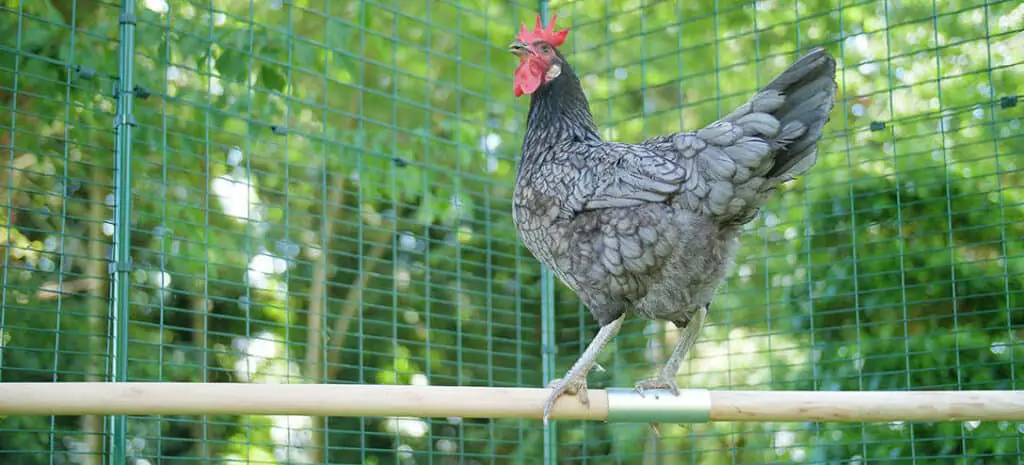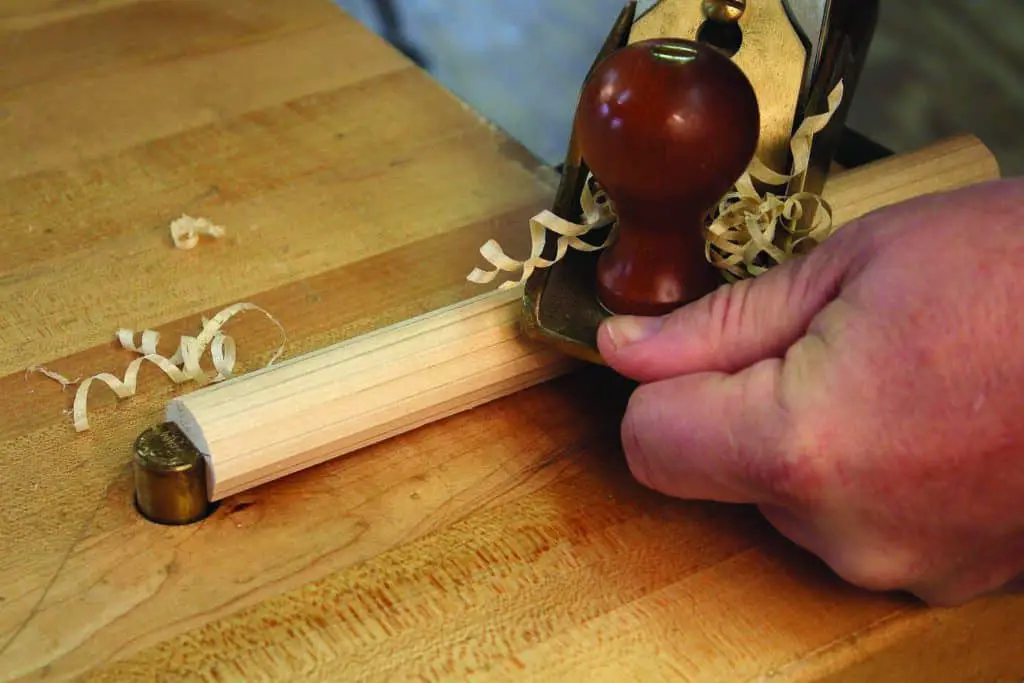The size of a chicken roost greatly influences the health and well-being of your chickens. While it may seem like a simple choice to make, it’s important to know how the dowel size could end up affecting your chickens while roosting.
A proper roost should provide the right amount of space for your chickens to perch on without causing any damage to their foot pads or keel bone. A roosting space is vital for resting, bone development, and overall health, so choosing the right size dowel is extremely important.
Wooden dowel 1.5-2.5 inches is a good choice for most size chicken to roost on as it replicates a roosting environment to that of its natural environment. In the wild, chickens will roost on branches and in trees, so they typically prefer a surface that is similar to this experience.
Table of Contents
Best shape of dowel for a chicken roost perch
When you think of dowels, you’re most likely going to think of long, round wooden pieces, but when it comes to chicken roosts you’ll want the dowels to be in a slightly different shape.
In order to protect your chickens from bone damage, you’ll want the dowels to be square with rounded edges. Round dowels force pressure on the foot pads and keel bone which are supposed to be resting, so it’s extremely important to make sure you get the right shaped dowels.
Read our article on roosting shape and ideas here!
If square dowels without rounded edges are your only option, simply sand down the edges yourself to make sure they are safe for your chickens to roost on.

What’s the best size dowel or Perch for chickens?
Similar to shape, size is just as important for reducing pressure on your chickens’ feet. The exact size dowel you should use for your roost mainly depends on the size of your chickens.
On average, full-grown chickens need a 1.5-2.5” wide dowel to roost on. In past research studies, most chickens preferred a 2” wide roost the best.
Chickens mainly rely on their toes to grip and maintain balance while roosting. Dowels that are larger than 2.5” don’t leave enough space for their toes to grip on to and dowels smaller than 1.5” increases pressure on the keel bone. That being said, the typical standard for a roost is 2” x 2”.
Not all full-grown chickens are the same size though. Each breed reaches different sizes at maturity, so the best way to decide what size dowel is best for your chickens is to provide them a sample of each size and see which one they prefer best.

Image credits here
Get them roosting young!
Roosting does not just apply to full-grown chickens either. Since roosting encourages bone development, it’s best to get started when your chicks are around 4-6 weeks old.
Roosts a bit smaller than 1.5” in width are okay only at this stage in their lifespan. As your chicks begin to grow, however, you’ll want to make sure you adjust the dowel size back to the standard width.
The main key for roosting chicks is to allow about 4” of perch space per chick.
For full-grown chickens, you’ll want to consider exactly how many are going to be occupying this roosting space. Your dowels should allow for 8-10” in space for each chicken.
If all your chickens can’t fit on one dowel, it’s recommended to have multiple dowels arranged in a ladder style. If you’re going to create this type of roosting space, you’ll want to make sure each dowel is at least 12” apart vertically and horizontally.
Final Thoughts
As long as your dowels are within the 1.5-2.5” width, your chickens should be able to roost in comfort. We recommend starting with the 2” standard size, but if your chickens don’t end up using the roosting space, you’ll know what sizes to try next.





